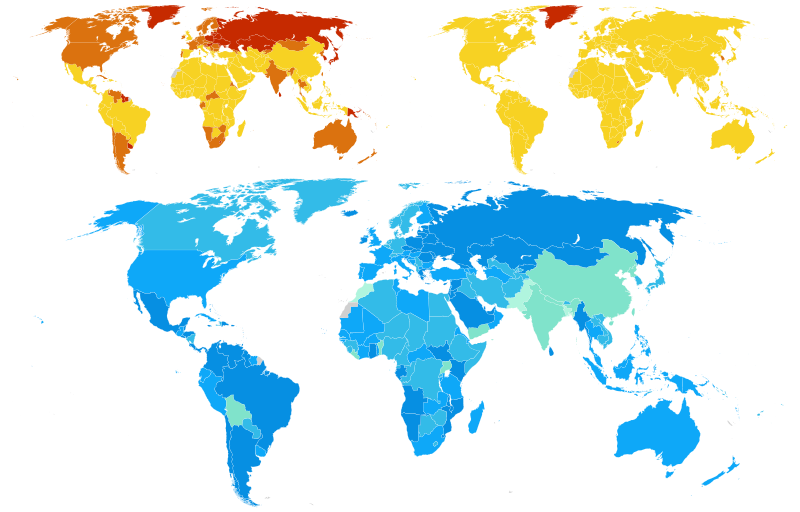Australian Banks Cut Deposit Interest Rates Amid Record Savings Surge

As Australian households increase their savings, major banks are rapidly reducing the interest rates offered on deposit accounts, outpacing cuts made by the Reserve Bank of Australia (RBA). This trend has emerged in 2025, with banks like ANZ and Westpac lowering rates despite the RBA maintaining its official cash rate, which has implications for both savers and the banking sector.
According to Sally Tindall, the data insights director at Canstar, "Money in the bank is at a record high, so banks aren’t having to compete for people’s deposits." This observation highlights the current financial landscape in Australia, where deposits in banks have reached an astounding $1.62 trillion, reflecting a $24 billion increase over the past five months, as reported by the Australian Prudential Regulation Authority (APRA) in May 2025. The rising savings rate indicates that Australians are prioritizing saving over spending, especially in light of easing cost-of-living pressures.
In recent weeks, banks have made significant adjustments to their savings rates. ANZ cut its progress saver account rate from 3.5% to 3.4%, while Westpac reduced its reward saver rate by 0.05% in June, totaling a 0.65% decrease since February 2025. Meanwhile, Ubank has slashed its savings rate by a dramatic 0.9%, bringing it down to 4.6% and introducing temporary bonuses for new customers. These cuts have occurred even as the RBA has only adjusted its cash rate downward by 0.5% during the same period.
The trend of declining interest rates for savers is attributed to banks' increased liquidity, as they face less competition for deposits. A Westpac spokesperson stated that several factors, including the cost of funds and market conditions, influence interest rate decisions. As a result, banks have the flexibility to lower rewards for savers while still maintaining profitability amidst rising deposit levels.
Expert analysis indicates that this scenario poses a double-edged sword for savers. Economists predict that the RBA may cut interest rates again in August 2025, potentially leading to further reductions in savings account rates. Tindall noted, "Cash rate cuts are a double-edged sword, and we often see banks pass these cuts onto savers faster than to borrowers." This dynamic could eliminate the few remaining savings accounts that offer a 5% annual return.
From a broader economic perspective, the trend underscores a significant shift in consumer behavior and its impact on the banking sector. With households saving a greater proportion of their income, banks have less incentive to offer competitive rates on deposits. This situation raises important questions about the sustainability of banks' profitability and their ability to support lending at competitive rates in the future.
In conclusion, the current trend of banks cutting deposit interest rates amid record savings levels illustrates a complex interaction between consumer behavior, banking strategies, and monetary policy. As the situation evolves, both savers and borrowers may face new challenges and opportunities in the financial landscape of Australia.
Advertisement
Tags
Advertisement





